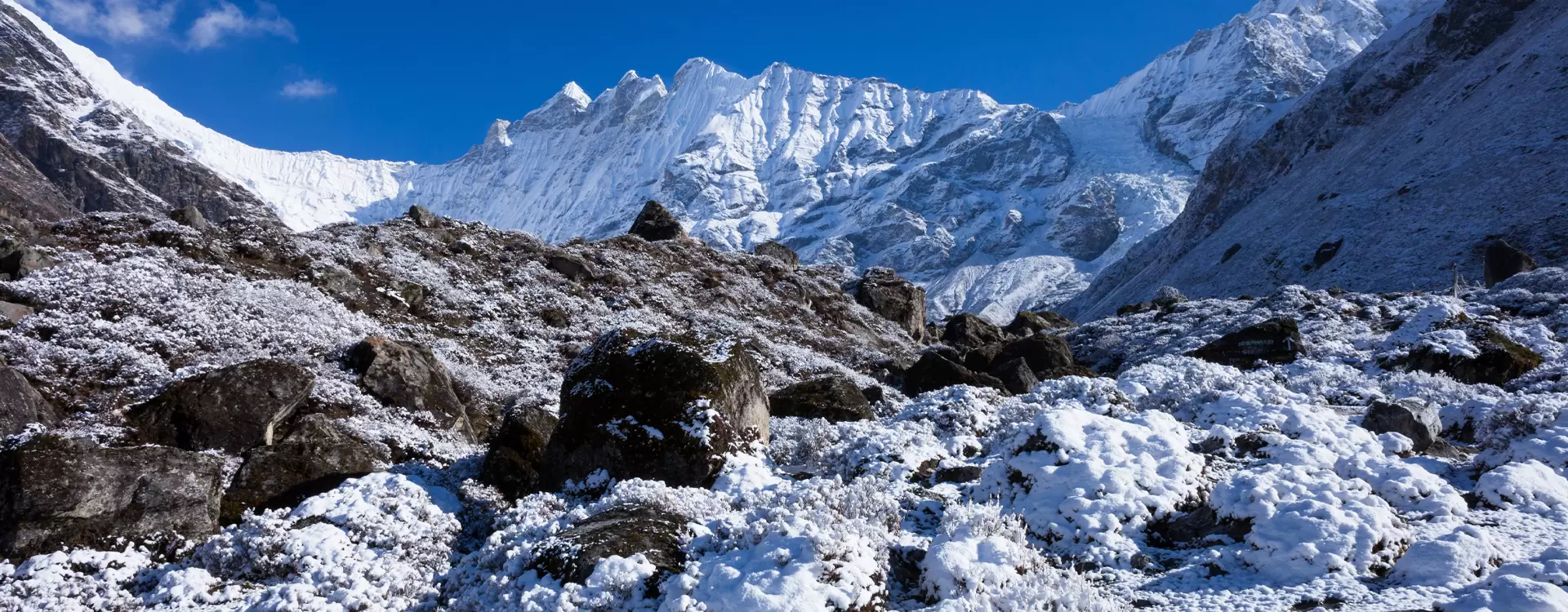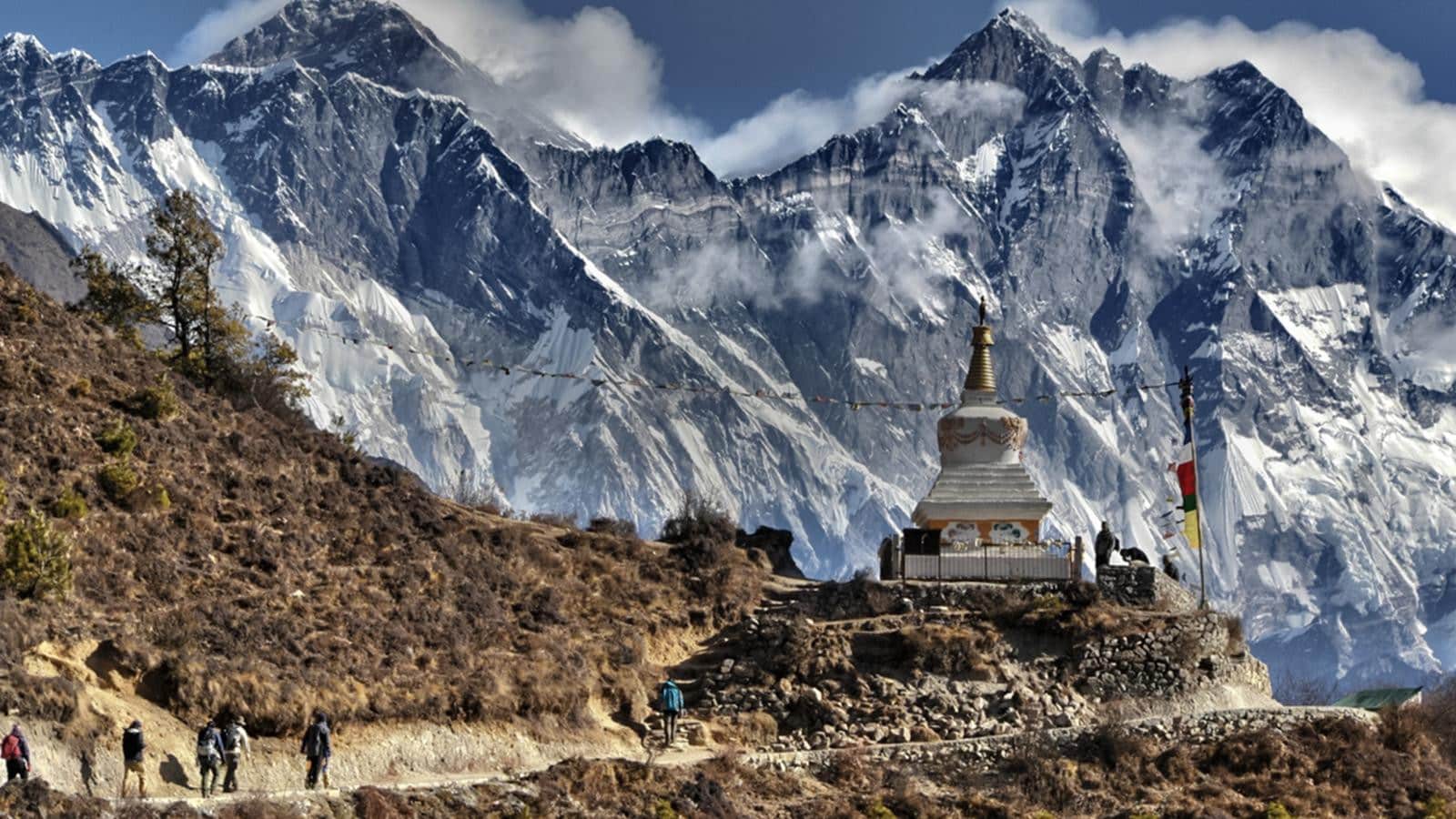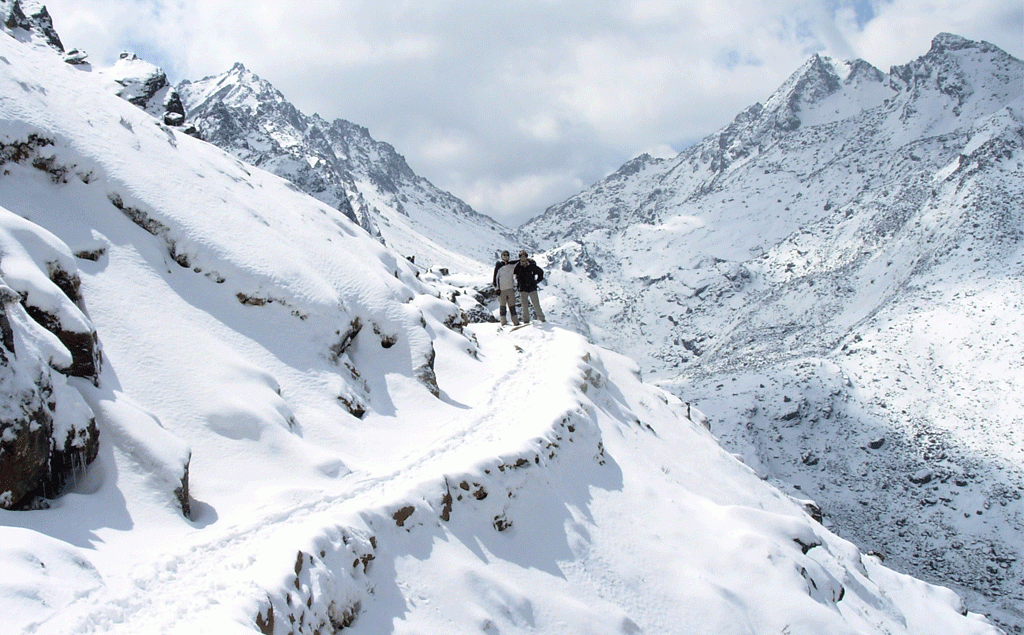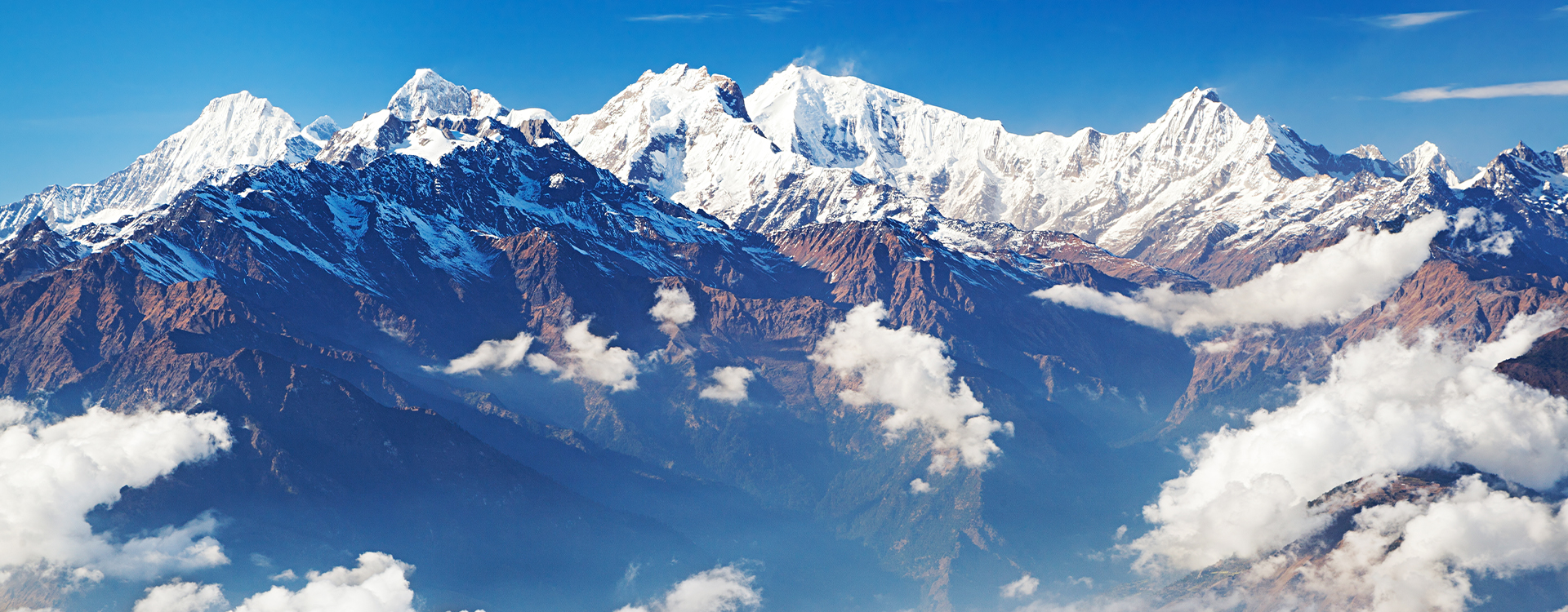
Langtang
The Langtang Region, located north of Kathmandu, offers trekkers a perfect blend of natural beauty, cultural immersion, and adventure. With stunning landscapes, views of the Langtang Himal, and welcoming Tamang and Sherpa communities, it’s an ideal destination for those seeking a peaceful retreat into Nepal's mountain culture. Whether trekking to Langtang Valley, visiting remote villages, or enjoying panoramic views from Kyanjin Ri, the region guarantees an unforgettable experience.
Introduction
The Langtang Region is one of the most accessible and popular trekking destinations in Nepal, located just a short drive from Kathmandu. It offers trekkers an extraordinary opportunity to explore traditional mountain cultures, spectacular landscapes, and high-altitude environments, without the crowds that often fill other trekking areas like the Annapurna or Everest regions. With Langtang Lirung (7,227m) as the dominant peak, the area is a stunning blend of alpine forests, glacial valleys, and Tibetan Buddhist culture.
Main Attractions
- Langtang Valley: The heart of the Langtang Region, Langtang Valley is a beautiful trek surrounded by snow-capped peaks. The valley is dotted with charming Tamang villages and offers trekkers the chance to experience the natural beauty and rich Tibetan culture of the region.
- Tamang Culture: The Tamang people, who predominantly reside in this region, have a deep connection with Tibetan Buddhism. Villages like Syabru Bensi, Lama Hotel, and Langtang are great places to experience the traditional lifestyle of the Tamang people, known for their hospitality and unique Buddhist rituals.
- Kyanjin Ri: A popular viewpoint that offers panoramic views of the Langtang Himal and the surrounding peaks. The trek to Kyanjin Ri is a rewarding experience for those looking to gain an elevated perspective of the valley.
- Langtang National Park: This protected area spans 1,710 square kilometers and features diverse ecosystems, from subtropical forests to alpine meadows. The park is home to wildlife such as red pandas, Himalayan black bears, and the elusive snow leopard.
- Tibetan Buddhist Monasteries: The Langtang region is rich in Tibetan Buddhist culture, and monasteries like the Kyanjin Gompa are central to the spiritual life of the area. Visitors can witness Buddhist rituals and enjoy the serene atmosphere of these monasteries.
Trekking in the Langtang Region
The Langtang region offers a variety of trekking routes that cater to trekkers of all levels:
- Langtang Valley Trek: A 7-9 day trek that takes you through lush forests, traditional Tamang villages, and stunning Himalayan landscapes, ending at the Langtang Valley.
- Helambu Trek: A shorter alternative that offers incredible views of the Himalayas and an immersion in the Sherpa culture. It starts from Sundarijal near Kathmandu and explores the lower part of the Langtang region.
- Gosaikunda Lake Trek: For those looking to extend their Langtang experience, this trek takes you to the sacred Gosaikunda Lake, revered by both Hindus and Buddhists, located at 4,380 meters.
- Kyanjin Ri and Tsergo Ri Trek: Shorter treks to Kyanjin Ri and Tsergo Ri offer spectacular views of Langtang Lirung and other surrounding peaks.
Cultural Experience
- Tamang Villages: The trek through the Langtang Region takes you through numerous Tamang villages, where you can interact with the locals, learn about their daily life, and explore traditional homes made from stone and wood.
- Buddhist Monasteries: The region's Tibetan Buddhist monasteries and stupas are integral to the culture. Kyanjin Gompa, in particular, offers trekkers a peaceful stop and a chance to observe traditional Buddhist ceremonies.
- Festivals: Langtang's festivals, such as Losar (Tibetan New Year) and other local celebrations, provide a glimpse into the cultural richness of the area.
Flora and Fauna
The Langtang National Park boasts a remarkable diversity of flora and fauna, with varying vegetation at different altitudes:
- Wildlife: The park is home to rare species like the red panda, Himalayan tahr, and snow leopard. It also hosts a wide range of birds, including the Himalayan griffon vulture, pheasants, and other high-altitude species.
- Rhododendron Forests: In spring, the forests are ablaze with rhododendron flowers, while birch, juniper, and pine trees are common at lower elevations.
- Alpine Meadows: As you ascend into the higher reaches of the Langtang Valley, you'll encounter alpine meadows filled with wildflowers in the summer months.
Best Time to Visit
- Spring (March-May): A great time for trekking with moderate temperatures and the region's famous rhododendron flowers in full bloom.
- Autumn (September-November): The most popular trekking season, with clear skies, stable weather, and ideal conditions for trekking.
- Winter (December-February): While the cold may deter some trekkers, the snow-covered landscapes are magical, and the trails are quieter.
- Monsoon (June-August): Heavy rains can make trekking in this region less desirable, with potential landslides and poor visibility.
Challenges and Preparation
- Altitude: While not as high as Everest, the Langtang Region reaches altitudes of over 4,000 meters, and trekkers may experience altitude sickness if proper acclimatization isn't done.
- Physical Fitness: The trek requires good physical conditioning, as the trails can be steep and demanding.
- Weather: Weather conditions in the mountains can be unpredictable, so it's important to be prepared for changes in temperature and conditions.
How to Get There
The Langtang trek begins from Syabru Bensi, which is reachable by bus or jeep from Kathmandu (about 7-8 hours). The starting point can also be accessed via the town of Dhunche, which can be reached by private vehicle or local bus. For a seamless travel experience, Sunny Holidays offers private transportation and guided tours, ensuring a comfortable journey from Kathmandu to Syabru Bensi. From there, the trek gradually ascends towards Langtang Valley and beyond, with Sunny Holidays providing expert guidance along the route.



